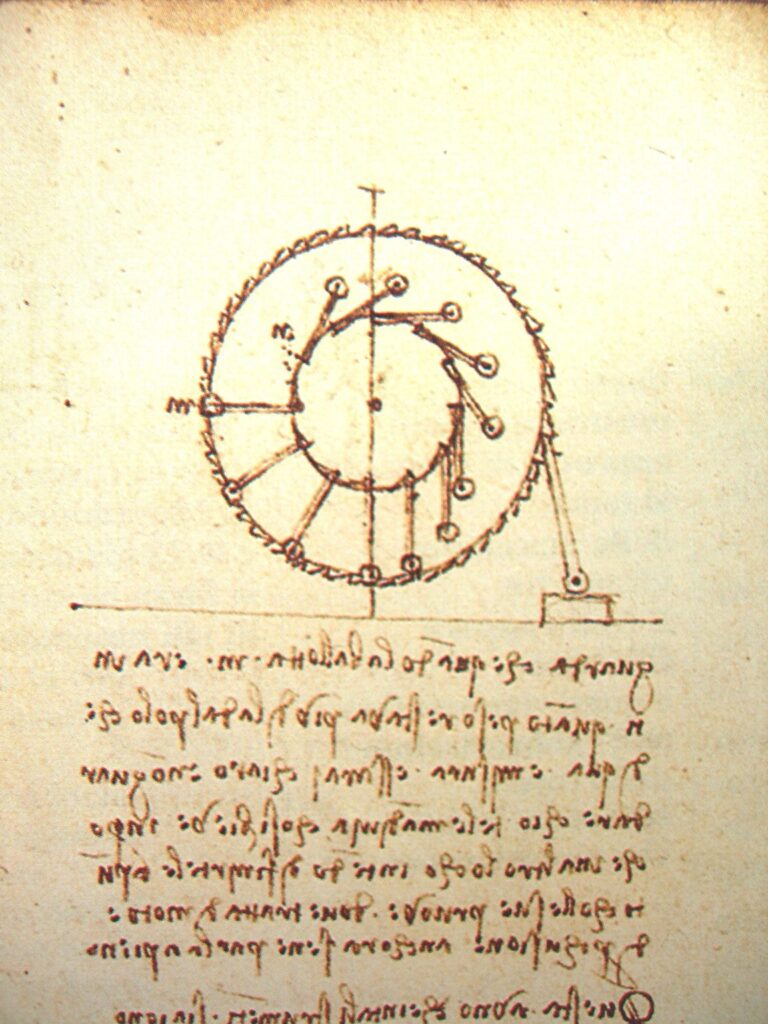Since the dawn of technology, humans have sought ways of using machines and inventions to make work easier. Even though we can use machines to create mechanical advantage, it is sadly not possible for any machine to produce more energy than is put into it. As Albert Einstein put it, \”Energy cannot be created or destroyed, it can only be changed from one form to another\”.
Galileo Galilei never explicitly expressed his thoughts on perpetual motion machines, however, we can see from several of his lecture notes, made while a professor at the University of Padua in Venice, that he clearly understood that perpetual motion machines are indeed not possible. As he eloquently put it, “Nature cannot be deceived”.
When discussing this principle, Galileo used the analogy of drawing water from a well by hand with a bucket. He conjectured, “whoever believes they are able to draw a greater amount of water from a well, in the same time, with the same force is in grave error”.

